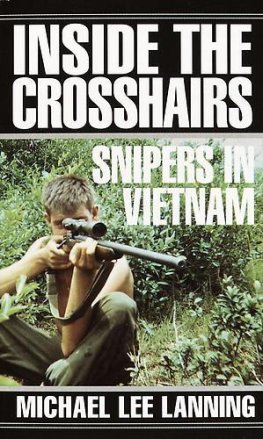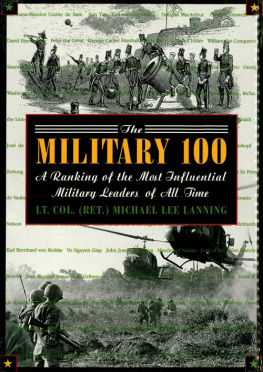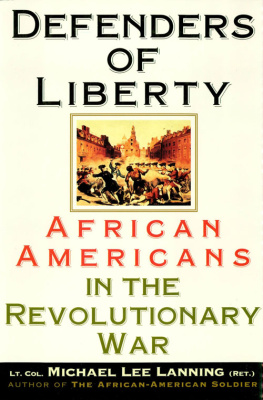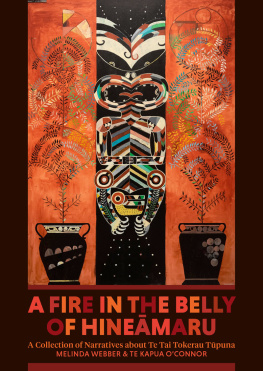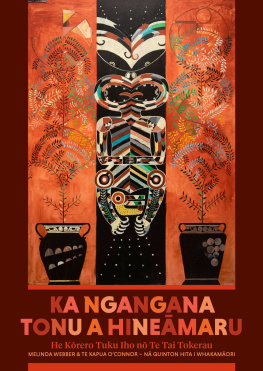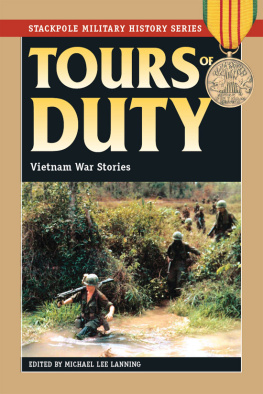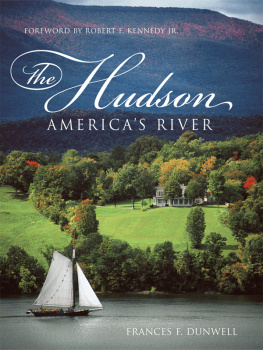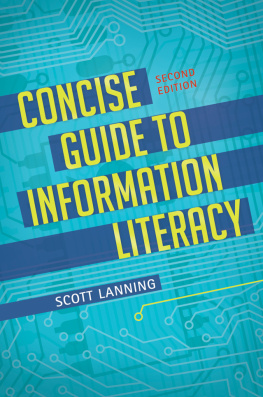i For hap and iwi of the lands that border its 425-kilometre length, the Waikato River is an ancestor, a taonga and a source of mauri, lying at the heart of identity and chiefly power. It is also subject to governing oversight by the Crown and intersected by power-stations managed by state-owned energy companies: a situation rife with complexity and subject to shifting and subtle power dynamics.
In this book Marama Muru-Lanning explains how Mori of the region, the Crown and Mighty River Power have talked about the ownership, guardianship and stakeholders of the river. By examining the debates over water in one New Zealand river, over a single recent period, Muru-Lanning provides a powerful lens through which to view modern iwi politics, debates over water ownership, and contests for power between Mori and the state. ii
iii TUPUNA AWA
People and Politics of the Waikato River
MARAMA MURU-LANNING
iv This book is dedicated to my dad, Hukiterangi Muru
Ko te Atua t ttou piringa, ka puta, ka ora.
Ko Taupiri te maunga,
Ko Waikato te awa,
Ko Ptatau Te Wherowhero te tangata,
He piko he taniwha,
He piko he taniwha,
Waikato taniwha rau!
v The Ancestor Track
Whakarongo listen!
I have something to say.
You deserve a gift of words,
a map for you to carry.
Stillness never an option,
voyaging on to
destination in sight, but never near.
Perpetual, relentless flow,
stretches of turbulence,
bends and deviations,
obstacles left wake-bound, no time to dwell
or surrender to the current.
Such elegant strength,
calm and charismatic beauty,
enthralling and captivating
so heart and head are seized.
Unfettered explorations
proscribed by an ancestral track
that weaves and threads through landscapes
so people are caressed and fused.
The map brings daunting prospects, sublime rewards.
Lifting my eyes above the horizon
with your arms around my shoulders
I am not me without you.
GCL
vi First published 2016
Auckland University Press
University of Auckland
Private Bag 92019
Auckland 1142
New Zealand
www.press.auckland.ac.nz
Marama Muru-Lanning, 2016
ISBN 978 1 86940 850 3
eISBN 978 1 77558 861 0
Publication is kindly assisted by
A catalogue record for this book is available from the National Library of New Zealand
This book is copyright. Apart from fair dealing for the purpose of private study, research, criticism or review, as permitted under the Copyright Act, no part may be reproduced by any process without prior permission of the publisher. The moral rights of the author have been asserted.
Cover design: Jessica Gomers
Cover image: Jeff Evans
vii Contents
viii Acknowledgements
There are a number of people to thank for their support and participation in this book. Firstly, I would like to thank my research advisors Judith Huntsman, Joan Metge, Hukiterangi Muru and the late Ngahinaturae Te Uira for their suggestions, criticisms and dedication to my anthropological study. This work would not have been possible without the participation of an eclectic group of tribal elders, many of whom have passed on since the completion of this book. I would like to acknowledge the late Matangi Hepi, Mamarangi Kaihau, Matekohi Muru, Ani Pihema, Te Whanaupani Thompson, and whnau members of both the late Kamira Binga Haggie and Robert Te Kotahi Mahuta. Also, Tinirau and Malcolm Barlow, Ngahuia Dixon, Pare Fata, Mana Forbes, Ngapare Hopa, Joseph and Wana Haumaha, Maea Marshall, Te Miharo Munro, Kahurangi Cheryl Muru, Tom Roa, Te Kaanga Skipper, Shane Solomon, Ngahuia Te Awekotuku, Moko Templeton, Julie Wade and Karihana Wirihana. I must also offer warm thanks to whnau of Trangawaewae Marae who always make me feel welcome when I return home.
I thank these people for their generosity when I explored rivers abroad: Alvaro Bello, the Benedict family of Akwesasne, Aziz Choudry, Francisca de la Maza, Kirk and Karen Endicott, Natacha Gagne, the Horn family of Kahnawake, Grace Li Xiu Woo, Erik Schwimmer, Linda Sioui and John Watanabe.
I am also grateful to Simon Holdaway, Jim Peters, Cris Shore, Jeff Sissons, Veronica Strang, Ann Sullivan and David Williams for their contributions to my PhD study from which this book was developed. I would like to acknowledge the support received from colleagues at the University of Aucklands James Henare Mori Research Centre and the Anthropology Department. A special thanks to Peter Quin, Briar Sefton and Jeff Evans for producing my maps, diagrams and photographs; and also Katrina Duncan, Anna Hodge, Sam Elworthy, Jane McRae, Ginny Sullivan and Mike Wagg who were instrumental in editorial aspects of the book. I would like to acknowledge the financial assistance that I received for this research project from the Marsden Research Fund, Mighty River Power, Ng Pae o te Mramatanga and the Waikato Raupatu Lands Trust.
I am indebted to special friends: Jade Baker, Mere Kepa, Te Kororia Netana and Gwen Wong who have endured my book project from beginning to end.
ix Finally, I wish to record my gratitude to my husband, Gerald Lanning, and children Charlotte and Henare. My words seem to have dried up so let me just say you are my world.
List of Abbreviations
CEO | chief executive officer |
CKCN | Chatham-Kent Community Network |
DSIRWR08 | 2008 Deed of Settlement (22 August 2008) |
ECNZ | Electricity Corporation of New Zealand Ltd |
GEC | Guardians Establishment Committee |
MOP | Memorandum of Partnership |
MOU | Memorandum of Understanding |
NZED | New Zealand Electricity Department |
RMA | Resource Management Act 1991 |
SOEs | state-owned enterprises |
TMTB | Tainui Maori Trust Board |
UCE | Upstate Citizens for Equality |
WRA | Waikato River Authority |
WRLT | Waikato Raupatu Lands Trust |
x

MAP 1 Socio-Cultural Map of Waikato River Mori
Introduction
Captive Waters
T his story is about the Waikato River and the people who have interests in it. On 13 September 2012, almost a thousand Mori people, including hereditary chiefs, elected iwi (people of related descent) leaders, academics, activists, politicians and representatives from the Freshwater Iwi Leaders group, the Mori Council and the Mori Womens Welfare League, gathered at Trangawaewae Marae on the Waikato River to discuss Mori water rights. The Mori King, Tuheitia Paki, had invited leaders to the hui (meeting) to respond to the National governments proposed partial privatisation of New Zealands electricity-generating assets.


